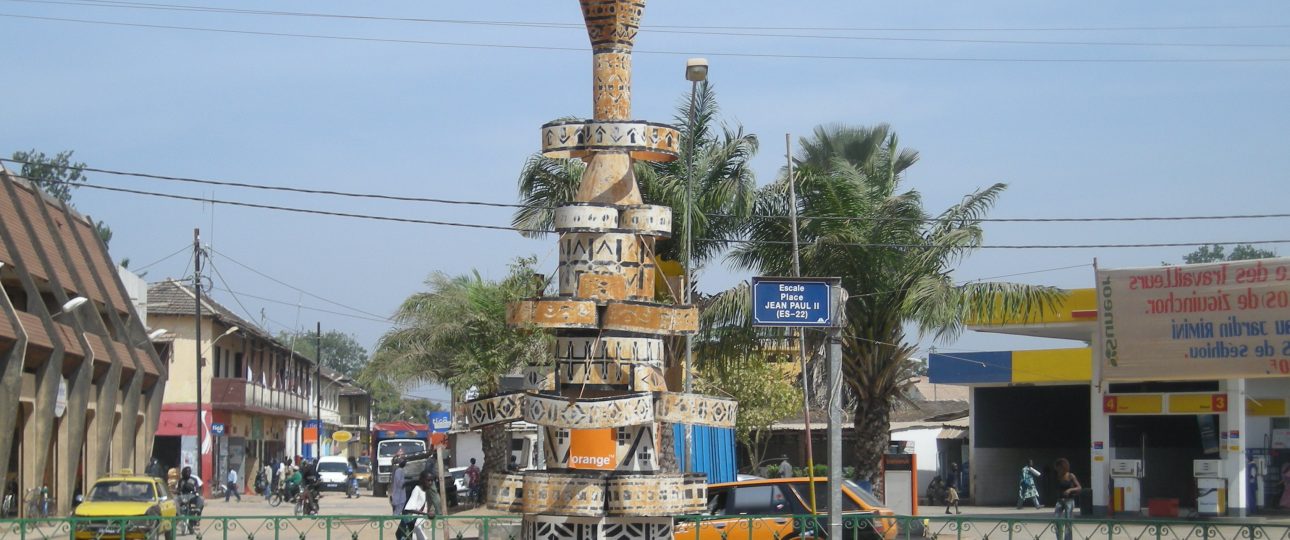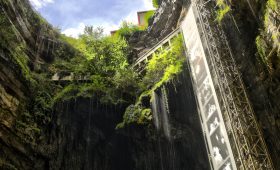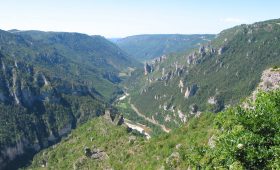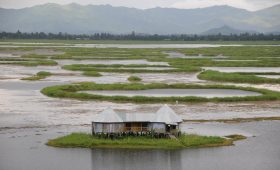Getting to Ziguinchor
Traveling to Ziguinchor, Senegal, can be an adventure. The most straightforward way is to fly into Ziguinchor Airport, served by domestic airlines. From there, taxis and local transportation options are readily available to take you to your destination.
For those who prefer a scenic route, consider taking a ferry from Dakar. This journey offers stunning views of the Atlantic Ocean and the Casamance River, perfect for travelers who enjoy a slower pace.
Exploring Ziguinchor
Natural Beauty
Ziguinchor is surrounded by natural wonders. Basse Casamance National Park is a highlight, offering guided tours where you can see diverse wildlife, including monkeys and various bird species. While elephants are not native to this park, the lush vegetation and vibrant ecosystem make it a worthwhile visit.
Cap Skirring Beach, located nearby, is famous for its golden sands and clear waters. It’s a great spot to relax and enjoy fresh seafood from the beachside eateries.
Cultural Heritage
The cultural tapestry of Ziguinchor is rich and varied. Visit Marché Saint-Maurice to explore traditional crafts, fabrics, and spices. Engaging with the locals here provides insight into their customs and traditions.
For a historical perspective, the Fort of Ziguinchor is significant. Built by the Portuguese in the 17th century, it played a role in the region’s colonial history. While it was not a major economic center, its architecture and historical context offer a glimpse into the past.
Best Time to Visit Ziguinchor
The ideal time to visit is during the dry season, from November to May. The weather is pleasant, with moderate temperatures and minimal rainfall. This period also coincides with cultural festivals, offering a chance to experience local traditions firsthand.
Local Transportation
Getting around Ziguinchor is manageable. The city has a public transportation system with buses and minibusses connecting various areas. Taxis are also widely available and convenient.
For a more independent exploration, consider renting a bicycle or motorbike. This allows you to discover less-traveled paths and explore at your own pace.
Historical Context
Ziguinchor’s history is complex and layered. Originally a Jola village, it became a Portuguese trading post in 1645. The city later transitioned to French control in 1888. Under French rule, it became a major trade port, particularly for groundnuts. The region’s traditional rice cultivation was impacted by colonial policies favoring groundnut production.
Post-independence, Ziguinchor faced economic challenges, partly due to conflicts in neighboring Guinea-Bissau and internal tensions. The city has been central to the Casamance conflict, which has affected its development. Despite these challenges, Ziguinchor remains a vibrant hub with a rich cultural and historical legacy.




